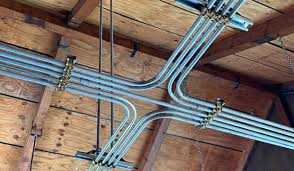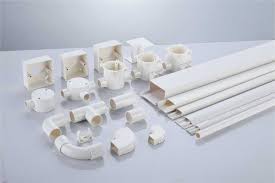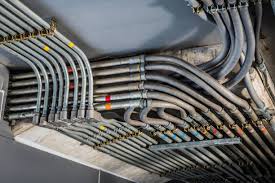Electrical wire conduits are protective tubing systems used to route and shield electrical wiring in residential, commercial, and industrial installations. They safeguard wires from physical damage, moisture, chemicals, and other environmental hazards, ensuring both safety and longevity. Conduits are available in various materials, including metal (such as galvanised steel or aluminium) and non-metallic types like PVC or fibreglass, depending on the application. Rigid or flexible designs allow for use in both straight runs and complex bends. Besides protection, conduits also help in organising multiple cables neatly and allow for easier maintenance and future upgrades. Using conduits is often required to meet electrical safety standards, making them an essential component in any professionally installed electrical system across a wide range of environments.
Benefits
Enhanced Protection
Conduits shield electrical wires from physical damage, moisture, chemicals, and UV exposure, ensuring long-term performance and reducing the risk of short circuits or fire.Improved Safety
By containing and routing wires neatly, conduits help prevent electrical hazards, accidental contact, and overheating, contributing to a safer environment for both people and equipment.Organised Wiring
Conduits allow multiple cables to be grouped and routed systematically, making installations cleaner, more manageable, and easier to trace during repairs or inspections.Easier Maintenance and Upgrades
Wires inside conduits can be accessed and replaced without damaging walls or surfaces, simplifying future upgrades or troubleshooting.Compliance with Regulations
Using conduits helps meet local and national electrical codes and standards, which is essential for legal, safe, and insurable installations in buildings.
.jpeg?alt=media&token=63b45818-17ad-4502-8396-10e8dab545f2)
.jpeg?alt=media&token=8ffede53-5cba-4ddb-85b6-6e849cc5e9a4)






